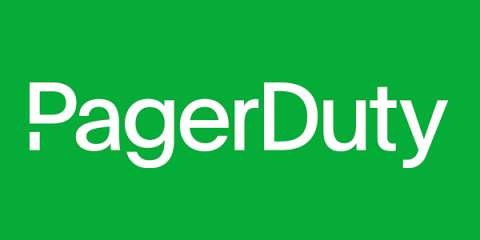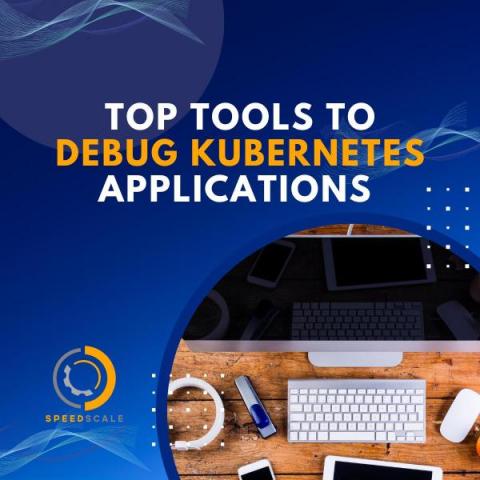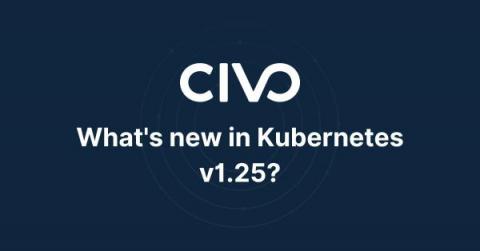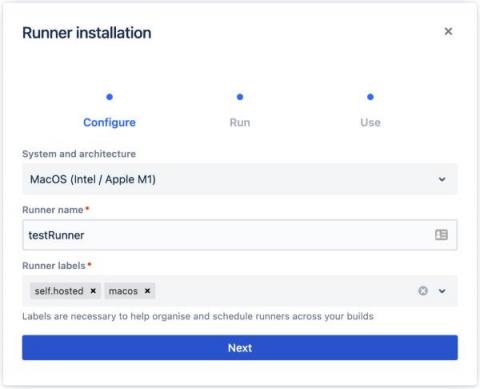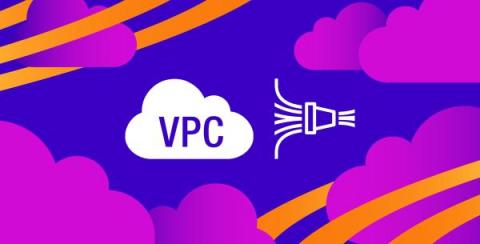Operations | Monitoring | ITSM | DevOps | Cloud
Latest News
Fundamentals: What is an API Gateway?
When talking about managing web applications and the services they provide, the term “API gateway” is often thrown around, but what does it mean? In order to unpack how a gateway functions, we first need to understand what an API is.
PagerDuty Expands Technical Leadership Team with Appointments of CIO and CISO
Top Tools to Help Debug Kubernetes Applications
When building cloud-based applications, managing the infrastructure becomes a bigger challenge as you scale. Kubernetes brings order to the chaos, letting you control and automate the containers used to deploy your application. Debugging in the cloud presents further challenges, and the complexities of distributed applications make it hard for many debugging setups to keep pace. Tools designed to run locally aren't effective. However, there are Kubernetes debugging tools that can handle the shift in paradigm. In this article, you'll read about several options that make debugging Kubernetes applications much easier.
What's new in Kubernetes v1.25?
Kubernetes as a project is growing at a rapid pace, resulting in many features being added, deprecated, and removed throughout the process. With the announcement of Kubernetes v1.25, there were a total of 40 enhancements and 2 features being either deprecated or removed. This blog will look at the significant changes coming with the release of Kubernetes v1.25 and how this will impact future use.
Announcing macOS Runners in Bitbucket Pipelines
Mobile app security testing: tools and best practices
To minimize the security risks of an application, developers need their apps to stand up to stringent security testing. Fortunately, there are tools available that simplify and even automate these security tests. There are also best practices to guide and inform the testing process. In this article, I will cover the most common security issues for mobile apps and highlight popular security tests.
Send Amazon VPC flow logs to Amazon Kinesis Data Firehose and Datadog
Amazon Virtual Private Cloud (Amazon VPC) is an isolated and secure virtual network in which you can deploy resources, such as Amazon Elastic Compute Cloud (EC2) and Amazon Relational Database Service (RDS) instances, while restricting their exposure to the internet. As part of your monitoring strategy, you can collect and analyze VPC flow logs, which record network traffic flow between VPC components.
An Introduction to the Observability Maturity Model
This series of six blogs outlines the basics of the Observability Maturity Model. Use it to identify where you are on the observability path, understand the road ahead and provide guidance to help you find your way.
Charmed Kubeflow 1.6 is now available from Canonical
8 September 2022- Canonical, the publisher of Ubuntu, announces today the release of Charmed Kubeflow 1.6, an end-to-end MLOps platform with optimised complex model training capabilities. Charmed Kubeflow is Canonical’s enterprise-ready distribution of Kubeflow, an open-source machine learning toolkit designed for use with Kubernetes. Charmed Kubeflow 1.6 follows the same release cadence as the Kubeflow upstream project.




